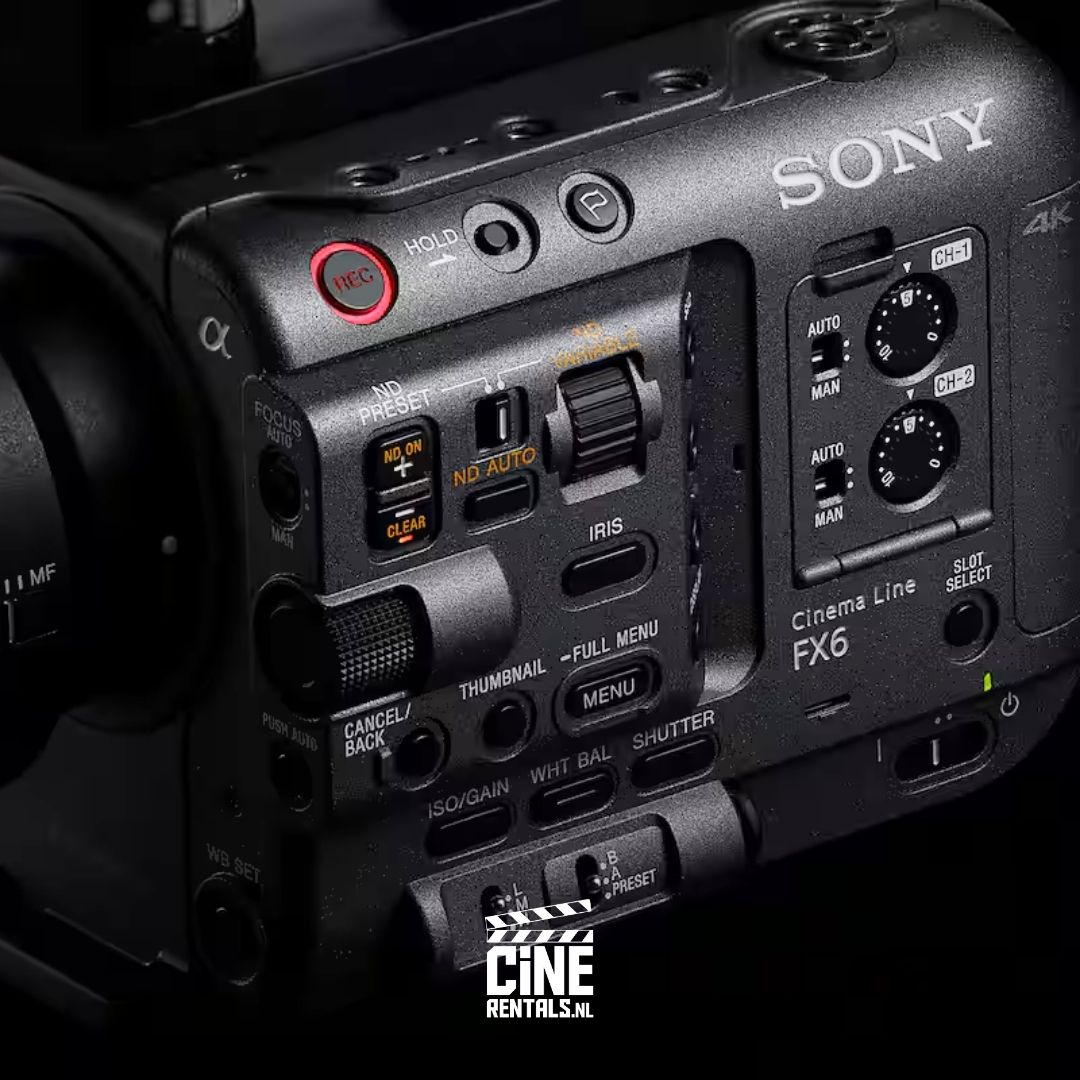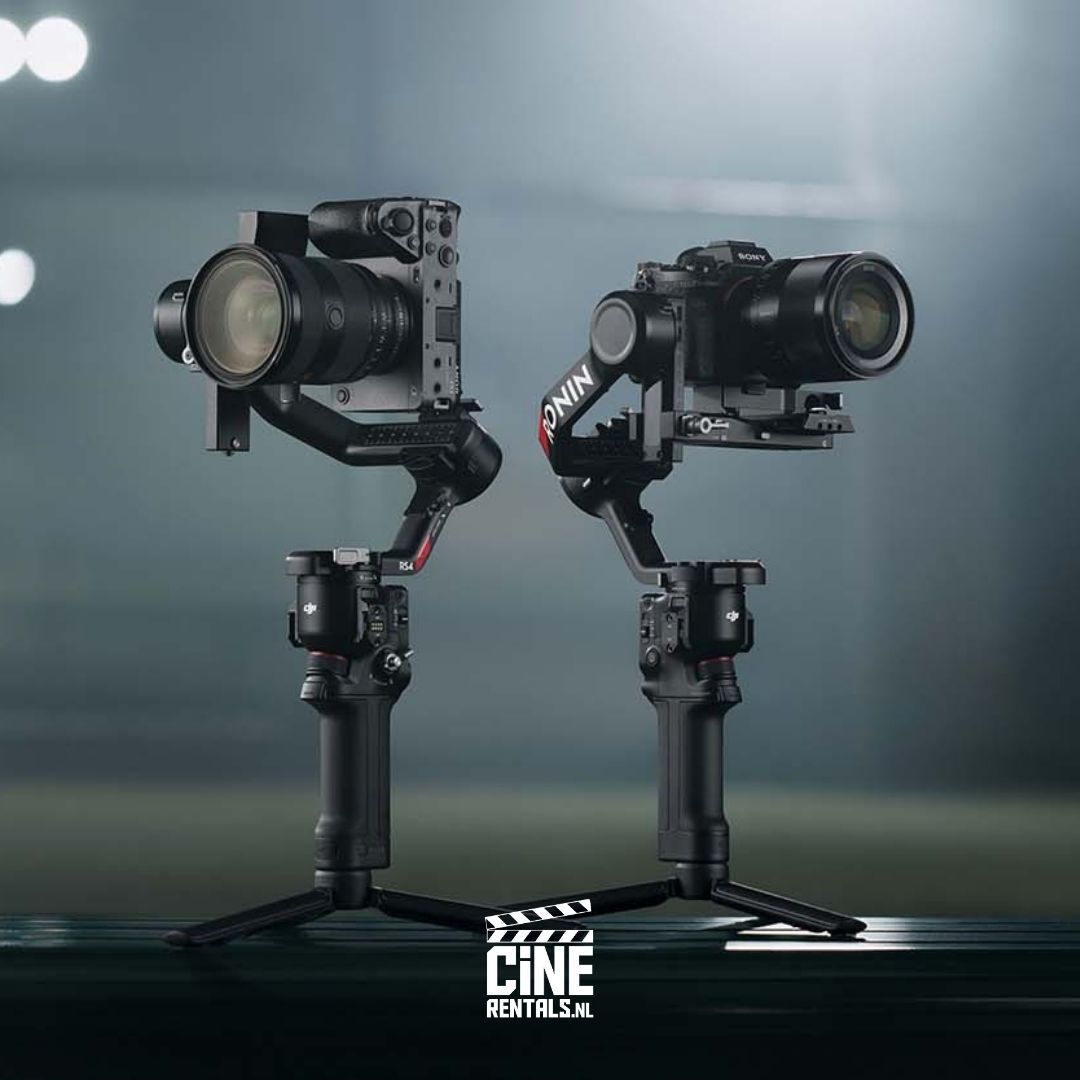Color Science and Image Character: Neutral Yet Cinematic
- The first thing that struck me about the Arles Primes was the natural color palette they offered. The color consistency was perfect across the entire set, at all focal lengths. It was as if each lens was looking through the same “eye.” The absence of aberrations, especially in facial tones, was a great advantage during color grading. This neutrality made our hands incredibly comfortable during post-production. Whether we were applying a warm pastel tone or a cold, steely look, the images always provided a solid foundation.
- Working with a T1.4 aperture gave me a lot of freedom to draw the line between clarity and uncertainty in the story. Focus transitions are soft and elegant. In some portraits, where the depth of field was used to its full potential, the "focus falloff" of the Arles reminded me of the poetry I was looking for in Cooke lenses. But the difference here was that this poetry came from a more clinical, neutral context.
Bokeh and Flare: Control and Consistency in Aesthetics
- Background separation has become a very pleasant experience with Arles. Thanks to the 16-blade iris diaphragm, the bokeh transitions are almost circular and very aesthetic. Especially in vertical frames, the use of the upper and lower spaces in the background by blurring them was very effective with Arles.
- As for flare… The special blue coating used in Arles did not introduce unwanted scattering into the image, despite working directly with different light sources, from flashes to neon lights. When flare did occur, it was controlled, soft and had enough character to contribute to the scene.
Sharpness and contrast: sharp but not digital
- The sharpness of the Arles lenses is impressive, but this sharpness is never artificial or digital. Especially with full-frame sensors, the sharpness is maintained at every point of the image. I did not experience any loss of angle or optical aberrations. Even without closing the aperture, obtaining such a sharp image shows the power of the lens's optical technology.
- In terms of chromatic aberration, the lens is almost perfect. I did not observe any purple or green fringing, especially not at contrast transitions, which is a serious achievement at an aperture of, for example, T1.4.
Physical structure and weight: Practical on set, balance on gimbal
- I found that the standardization in the physical design of the Arles set, especially when used with a gimbal system, makes the shooting process smoother. The front diameter, weight and gear positions of all lenses are the same. This saves a lot of time, especially in action scenes. I did not have to change motor positions when attaching and detaching.
- The weight of approximately 1.6 kg, although somewhat tiring when used handheld for extended periods, is well balanced when used with rigs and support systems. Thanks to the internal focus structure, there is virtually no focus breathing; this ensures a distraction-free, clear and cinematic transition during focus transitions.
Application area: From vertical series to cinema set
- I first used Arles in a series project that I shot in vertical format. At 9:16, especially in portraits, the focus character and bokeh behavior of the lens become crucial if you want to use the top and bottom space creatively. Arles offered me a solid base here that stands out in every frame.
- But this lens set is not only attractive for vertical format; it is also suitable for many other applications, such as films, commercials and video clips. For example, the results I achieved with night shots in low light were very satisfactory. The aesthetic structure of the bokeh in frames that brings the product forward and eliminates the background was very effective in commercials.
Comparisons: Between Cooke’s romance and Zeiss’ discipline
- It may seem daring to compare the Arles to the Cooke S8 or Zeiss Supreme Primes, but the truth is that this lens set does not overshadow them. If you like the warmth and flare aesthetic of the Cooke, the Arles may be a bit more neutral. However, this neutrality provides a base that can go either way in post-production. For those looking for a more technical and neutral lens like the Zeiss, the Arles offers almost the same quality as the Zeiss, at a much more affordable price.
- In conclusion…
DZO Arles Prime lenses offer a serious alternative, not only in terms of value for money, but also in terms of cinematographic language. If you are looking for lenses that do not impose their own color character, are technically good and offer scope for both classic and innovative stories, the Arles is one of the best choices that appeal to the independent filmmaker of today. Vertical or horizontal – regardless of the frame position, the Arles is a reliable assistant in every frame.



